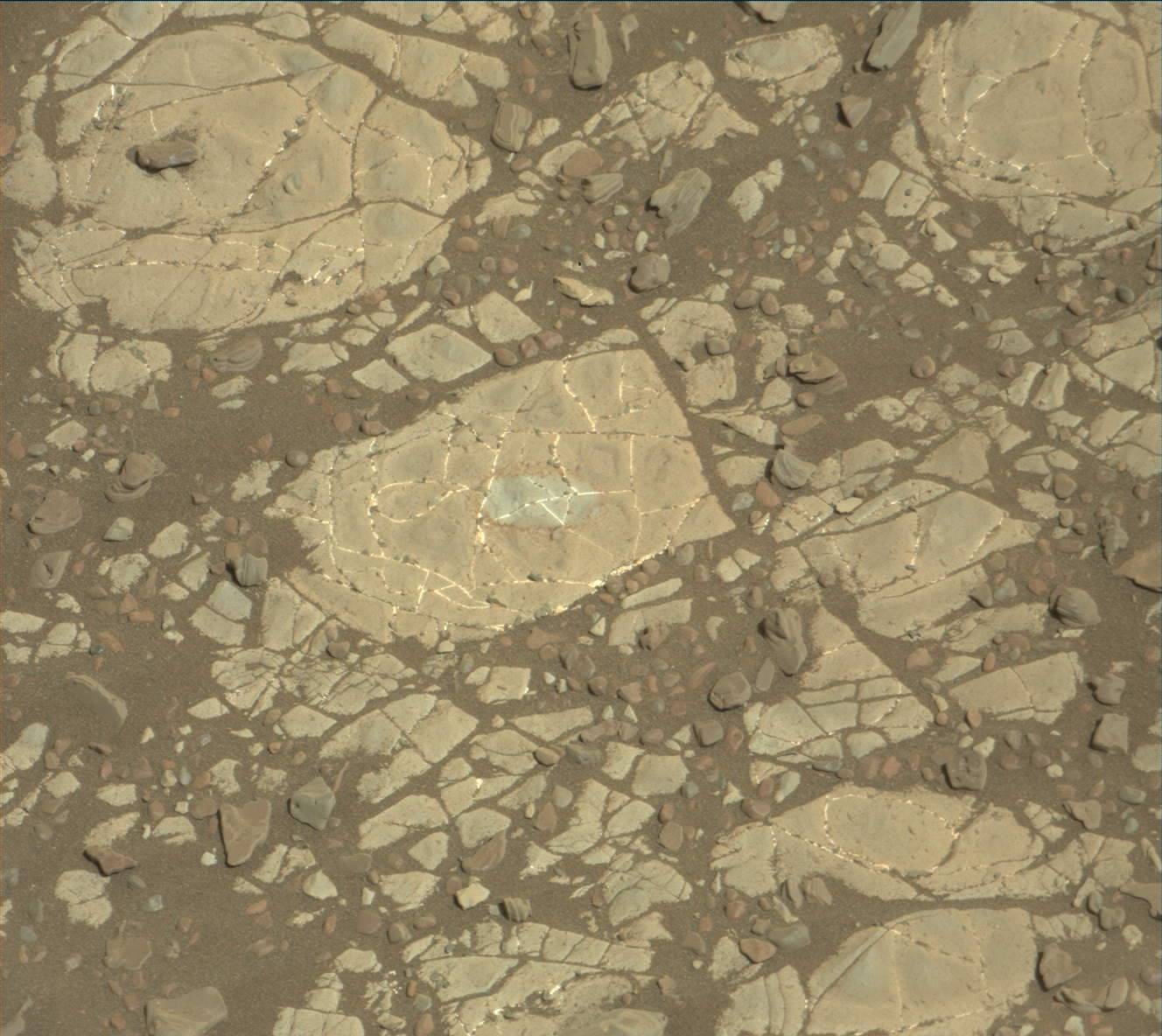-
Elena Amador-French
Science Operations Coordinator; NASA/JPL; Pasadena, CA
-
Ryan Anderson
Planetary Geologist; USGS; Flagstaff, AZ
-
Mariah Baker
Planetary Geologist; Center for Earth & Planetary Studies, Smithsonian National Air & Space Museum; Washington, DC
-
Michael Battalio
Planetary Climatologist; Yale University; New Haven, CT
-
Keri Bean
Rover Planner Deputy Team Lead; NASA/JPL; Pasadena, CA
-
Kristen Bennett
Planetary Geologist; USGS; Flagstaff, AZ
-
Fred Calef
Planetary Geologist; NASA/JPL; Pasadena, CA
-
Brittney Cooper
Atmospheric Scientist; York University; Toronto, Ontario, Canada
-
Sean Czarnecki
Planetary Geologist; Arizona State University; Tempe, AZ
-
Lauren Edgar
Planetary Geologist; USGS; Flagstaff, AZ
-
Christopher Edwards
Planetary Geologist; Northern Arizona University; Flagstaff, AZ
-
Abigail Fraeman
Planetary Geologist; NASA/JPL; Pasadena, CA
-
Scott Guzewich
Atmospheric Scientist; NASA/GSFC; Greenbelt, MD
-
Samantha Gwizd
Planetary Geologist; University of Tennessee; Knoxville, TN
-
Ken Herkenhoff
Planetary Geologist; USGS; Flagstaff, AZ
-
Evan Hilgemann
Rover Planner; NASA/JPL; Pasadena, CA
-
Alex Innanen
Atmospheric Scientist; York University; Toronto, Ontario, Canada
-
Rachel Kronyak
Planetary Geologist; NASA/JPL; Pasadena, CA
-
Michelle Minitti
Planetary Geologist; Framework; Silver Spring, MD
-
Natalie Moore
Mission Operations Specialist, Malin Space Science Systems; San Diego, CA
-
Claire Newman
Atmospheric Scientist, Aeolis Research; Pasadena, CA
-
Catherine O'Connell-Cooper
Planetary Geologist; University of New Brunswick; Fredericton, New Brunswick, Canada
-
Melissa Rice
Planetary Geologist; Western Washington University; Bellingham, WA
-
Mark Salvatore
Planetary Geologist; Northern Arizona University; Flagstaff, AZ
-
Susanne Schwenzer
Planetary Geologist; The Open University; Milton Keynes, U.K.
-
Ashley Stroupe
Mission Operations Engineer; NASA/JPL; Pasadena, CA
-
Dawn Sumner
Planetary Geologist; University of California Davis; Davis, CA
-
Vivian Sun
Planetary Geologist; NASA/JPL; Pasadena, CA
-
Lucy Thompson
Planetary Geologist; University of New Brunswick; Fredericton, New Brunswick, Canada
-
Scott VanBommel
Planetary Scientist; Washington University; St. Louis, MO
-
Ashwin Vasavada
MSL Project Scientist; NASA/JPL; Pasadena, CA
-
Roger Wiens
Geochemist; LANL; Los Alamos, NM
-
Sharon Wilson
Planetary Geologist; Center for Earth & Planetary Studies, Smithsonian National Air & Space Museum; Washington, DC
-
Alivia Eng
Graduate Student; Georgia Tech; Atlanta, GA
-
Remington Free
Operations Systems Engineer; NASA/JPL; Pasadena, CA
-
Emma Harris
Graduate Student; Natural History Museum; London, UK
-
Conor Hayes
Graduate Student; York University; Toronto, ON, Canada
-
Abigail Knight
Graduate Student; Washington University; St. Louis, MO
-
Deborah Padgett
OPGS Task Lead; NASA/JPL; Pasadena, CA
-
Amelie Roberts
Planetary Geologist; Imperial College; London, UK




